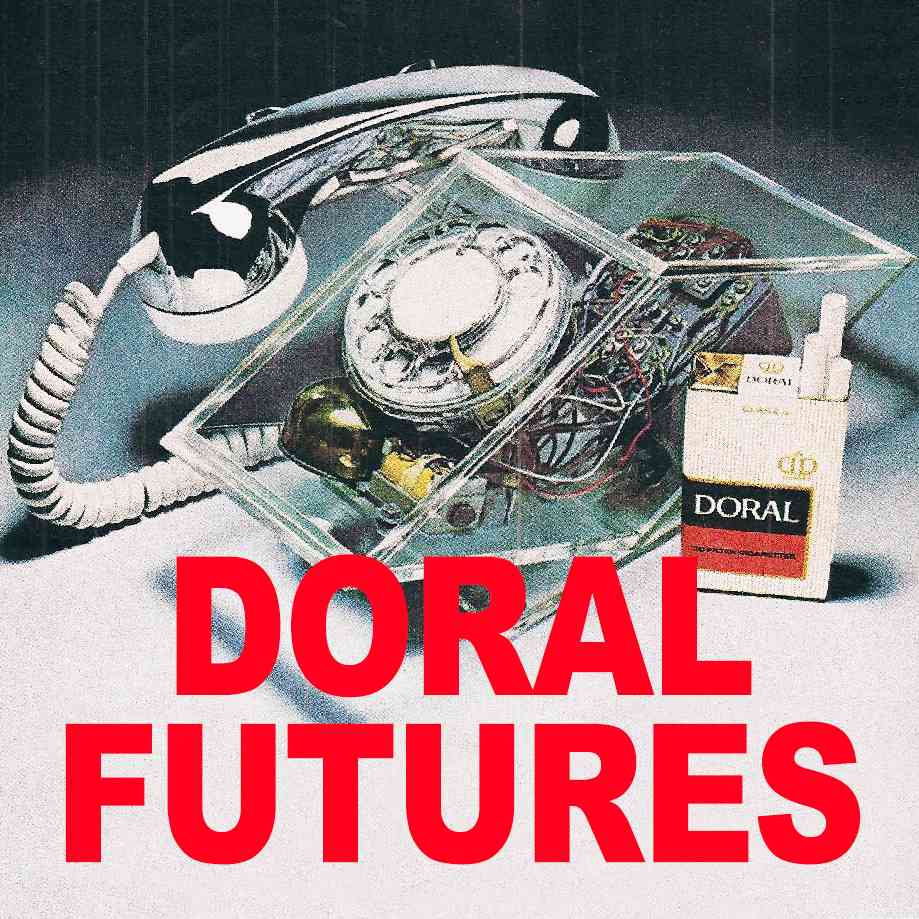In order to achieve productive sourdough starter, one must repeatedly feed then starve a microbial colony until it achieves a stable balance of lactobacilli and yeast. In the first months of lockdown when broken supply chains caused artisanal bread (and even yeast) to grow scarce, making sourdough from scratch and copiously documenting the process became an obligatory performance of post-collapse preparedness. It occurred to Carly, while attempting to make sourdough for LIL INTERNET, that this act of domestic care would require brutal microbial population control. Every morning you are supposed to annihilate half! In order for this bread to exist, “billions must die.” Culture, sure. But at what cost? Consensus: resist technocratic tyrant territory.
Carly Busta: Like every proper domestic cosy core person, I have a sourdough starter that I’m trying for the second time. It's very difficult because twice a day, I have to go and I have to exterminate 75% of the culture I’ve grown. I have to go and I can feel the heat of these organisms interacting with each other. You stick your hand in the jar, it's literally like, there's heat rising from it. And I have to just… just discard them, all in the name of productivity, right? Because why?
LIL INTERNET: Why, because you have to leave room for them to mature?
CB: It's actually crazier. I think this is how it works. Although I'm not like a biologist. But my understanding is, so with every refreshment, they call it.
LI: Well, they're reproducing, and they're maturing. So they're old, right?
CB: Right. So there's yeast, and there's also lactic acid bacteria, and they're developing in relationship with each other, but they need to mature and that relationship needs to mature. So you take like 75% of the medium, we’ll say, out every 12 hours, and you replace that 75—leaving the other 25% in—and you replace that 75% with fresh flour and water in equal proportions. It's sort of like a new apartment complex that the existing 25% is allowed to now inhabit. 12 hours passes and you do it again, you take 75% of that population and you kill them, you just take them out, so that the 25% can be strong enough to then take over the other the 75%.
LI: It’s like world wars…!
CB: No, yeah, every 12 hours all across the world right now, there are people with liberal arts school degrees who care a lot about the ethics of population control doing this! Of course, they're not sentient beings. And you see how often I go and check out the cultures.
LI: I know, and then you realize that all instances of mass death are purely to let the most enlightened thrive!
Daniel Keller: You’ve become a technocratic tyrant.
LI: Then they spread, the more enlightened group spreads, and then when they get to this sort of critical mass, then their 75% are culled again...
CB: The oldest specimen of sourdough that they have on record was found in Switzerland, and it dates back to 3700 BCE. But they say that thousands of years earlier is probably when the first sourdough began in the Fertile Crescent. So people have been exerting population control like this....this is so ridiculous, but I am thinking about it! I am thinking about it every single time!
LI: But the problem is we judge human value based on money, the one sole reductionist metric. We need is programmable money. Because it's such a bad idea to cull people based on money.
LI: We aren't really more enlightened! We're just better at one wicked thing.
DK: We're just yeast! Or what is sourdough, it’s something other than yeast?
CB: It's a symbiotic relationship between lactic acid bacteria and yeast. It's interesting because the yeast produces CO2. Your bread is literally carbonated, right, it's the CO2 which creates the leavening in the bread but it doesn't break down all of the sugars. So the lactic acid bacteria feeds on the sugars that the yeast can't process. But then the yeast metabolizes the byproducts of the lactic acid fermentation. While you're beginning your sourdough starter, it's like trying to get those two different mechanisms working in sync and you start relating to it like it's a living organism. But then there you are, you're just throwing it down the drain! But then it lives on in your drain…
DK: You have to use bleach, no?
CB: Yeah, bleach. I really exterminate that excess culture.
